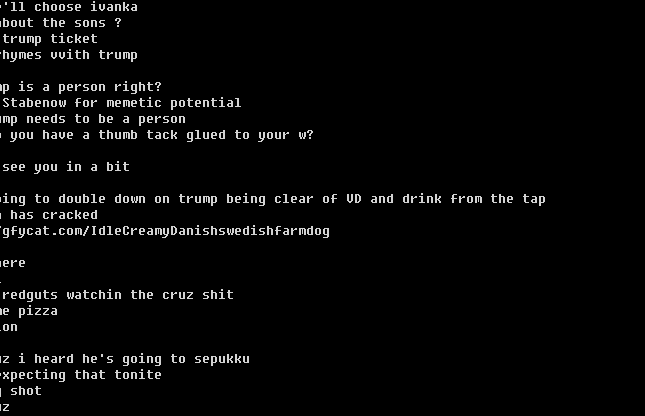"Cumulative Beats 2" [mp3 removed -- please listen on Bandcamp]
A less noisy version of this tune, reconstituted using the Elektron Octatrack, with more house-esque beats and a new end section using the sliced Adventure Kid/Inspektor Gadjet single-cycle waveforms ("AKWF_granular_32.wav").

